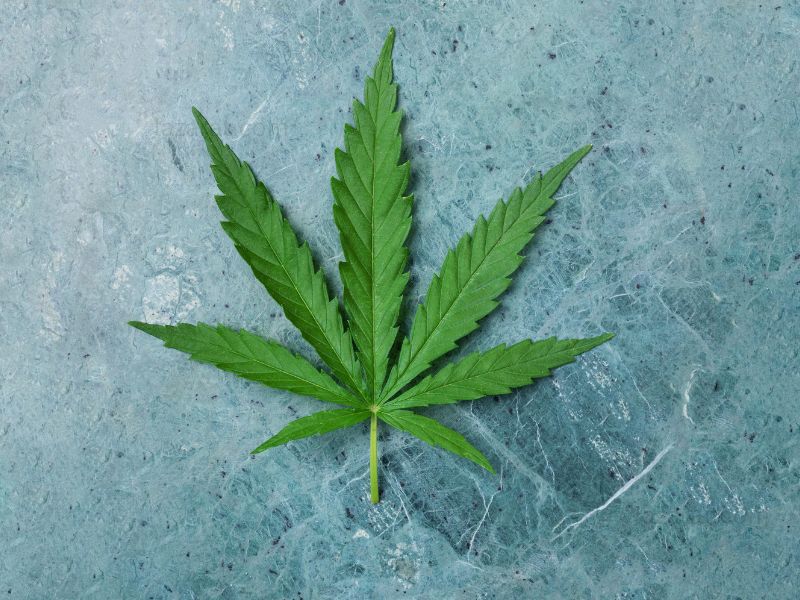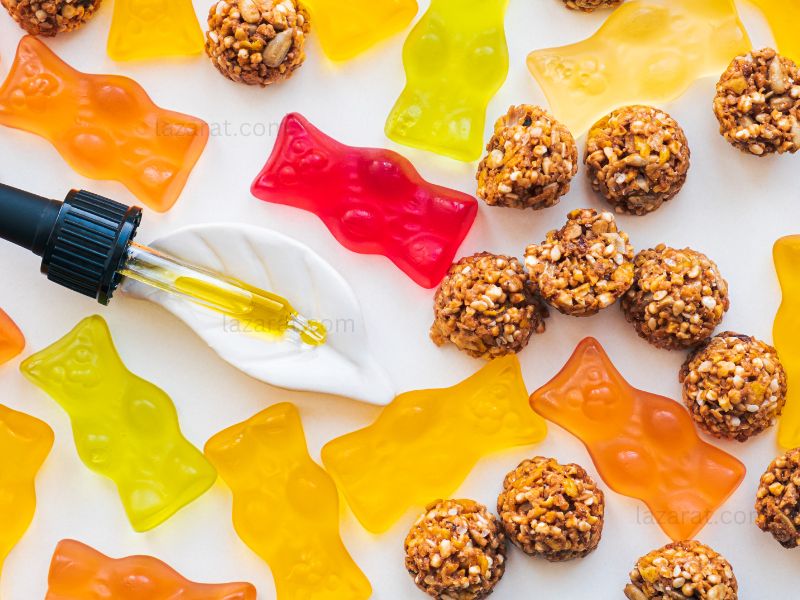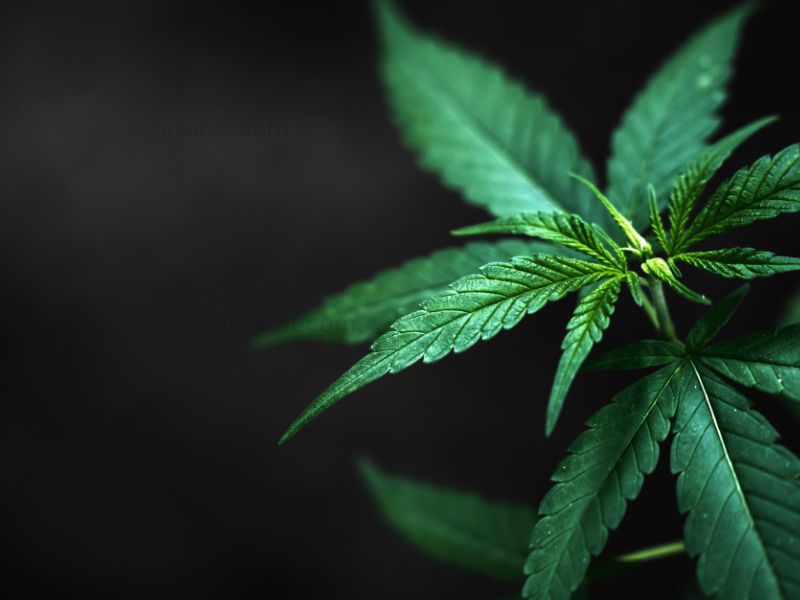Raw marijuana use has been a topic of discussion for a long time. I’m going to provide some clarity on the matter once and for all because both sides have been debating it very fiercely.
Cannabis is a popular plant, known for its psychoactive effects. People often ask if eating raw cannabis can produce the same high as smoking or consuming edibles. Let’s delve into this topic to provide some clarity.
To comprehend the effects of eating raw cannabis, we must first understand the role of cannabinoids. The primary psychoactive compound in cannabis is tetrahydrocannabinol (THC). However, in its natural state, the plant contains tetrahydrocannabinolic acid (THCA), a non-intoxicating precursor to THC. Let’s go over some of the processes required to transform THCA into THC.
The Importance of Decarboxylation
For THCA to transform into THC, a process called decarboxylation is required. This happens when cannabis is exposed to heat, such as when it’s smoked, vaporized, or cooked in edibles. Raw cannabis hasn’t undergone this process, so it contains very little THC.
A Crucial Process for Cannabis Activation
Decarboxylation is a vital process in unlocking the full potential of cannabis. This chemical reaction plays a significant role in transforming the non-intoxicating THCA into its psychoactive counterpart, THC. Let’s delve deeper into the importance of decarboxylation and how it affects cannabis consumption.
Understanding the Science Behind Decarboxylation
Decarboxylation involves removing a carboxyl group (COOH) from the THCA molecule and converting it into THC. This process occurs when cannabis is exposed to heat, such as during smoking, vaping, or cooking. In simple terms, decarboxylation allows cannabis to become more bioavailable, enabling the user to experience its psychoactive effects.

Temperature and Time: Key Factors in Decarboxylation
Temperature and time are critical factors in the decarboxylation process. Generally, higher temperatures facilitate faster decarboxylation. However, exposing cannabis to excessive heat for an extended period may degrade the THC, reducing its potency. Finding the right balance between temperature and time is essential for optimizing the decarboxylation process.
Methods of Decarboxylation
Various methods can be employed for decarboxylation, some of which include:
- Smoking or Vaping: When you smoke or vape cannabis, the heat generated during combustion or vaporization induces decarboxylation. As a result, you inhale the psychoactive THC, which then enters your bloodstream and produces the desired high.
- Baking: When making cannabis-infused edibles, the decarboxylation process typically occurs during baking. Cannabis is often heated at a low temperature (around 220°F or 104°C) for 30-45 minutes to ensure proper decarboxylation without degrading the THC.
- Sous Vide: This method involves vacuum-sealing cannabis in a bag and submerging it in a temperature-controlled water bath. The cannabis is heated at a consistent, low temperature for an extended period, allowing for precise decarboxylation without the risk of burning.
Decarboxylation is a critical process in cannabis consumption, as it enables the activation of THC, the compound responsible for the plant’s psychoactive effects. Understanding and applying proper decarboxylation techniques is essential for cannabis users seeking to unlock the plant’s full potential, whether they prefer smoking, vaping, or consuming edibles and tinctures.
The Effects of Consuming Raw Cannabis
Considering the lack of THC in raw cannabis, it’s unlikely that you’ll experience a high from consuming it. Some people, however, may still consume raw cannabis for its potential health benefits. THCA, the non-psychoactive precursor, has been studied for its possible anti-inflammatory, neuroprotective, and anti-nausea properties.
How Edibles Achieve Their Potency
Edibles, on the other hand, produce a high because they contain THC. Edibles and tinctures require proper decarboxylation to ensure their effectiveness. During the preparation process, cannabis is heated to convert THCA into THC. When preparing cannabis-infused products, it’s crucial to decarboxylate the cannabis before incorporating it into the recipe. This ensures that the final product contains the desired amount of THC and delivers the anticipated psychoactive effects. The THC is then infused into a variety of edible products, like brownies, gummies, and beverages. These products offer a discreet and longer-lasting high compared to smoking or vaping.

The Verdict: Eating Raw Cannabis and Getting High
In conclusion, it’s unlikely that you’ll get high from eating raw cannabis due to its minimal THC content. Decarboxylation is necessary to activate the psychoactive properties of the plant. So, while raw cannabis may have potential health benefits, it’s not an effective way to experience the intoxicating effects commonly associated with cannabis consumption.
You now have it. I can’t think of many scenarios (if any) when eating a large portion of cannabis is the best course of action. Not to mention that it will taste really bad.
Have you ever eaten raw marijuana? In the comments, please share your tale with me.
© 2022-2023 by Lazarat.com, a LIVenture LLC.
All rights reserved. No part of this document may be reproduced or transmitted in any form or by any means, electronic, mechanical, photocopying, recording, or otherwise, without prior written permission of LIVentures LLC.

Leave a Reply